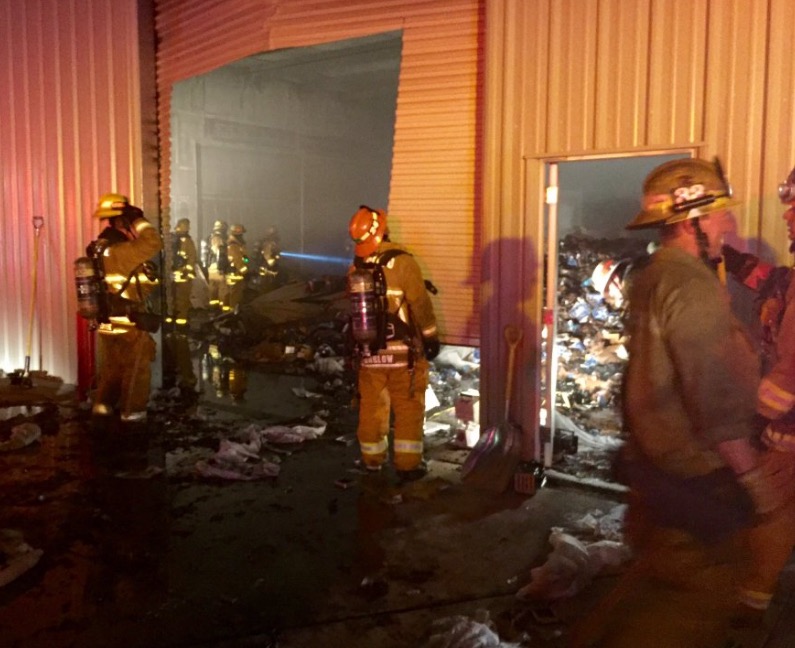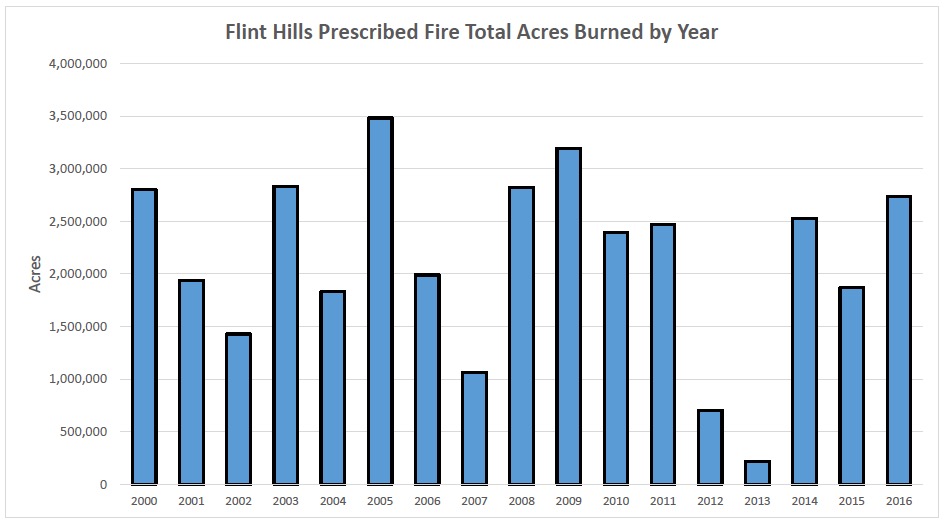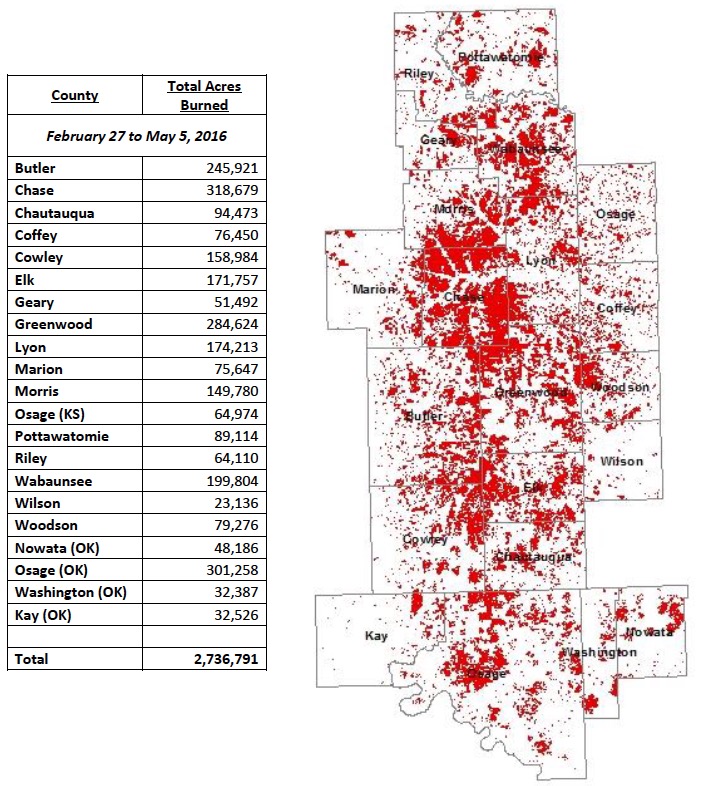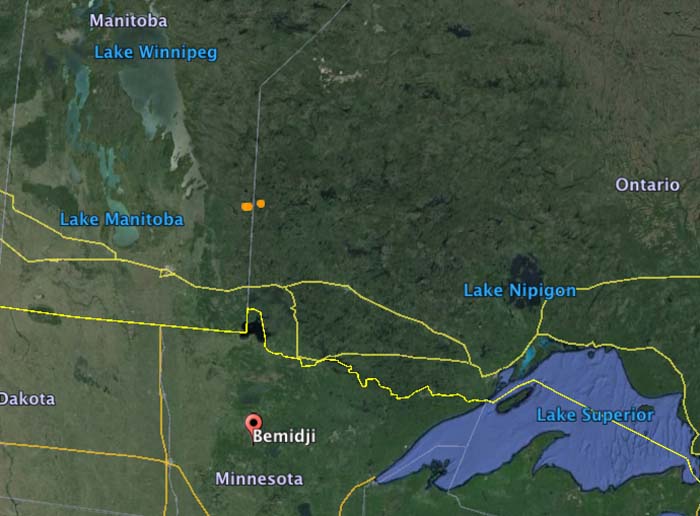(UPDATED at 9:15 a.m. PDT May 15, 2016)
The Washington Department of Natural Resources reports that the Hot Shot Fire has been mapped at 67 acres.
The Proctor Creek Fire has burned 352 acres and the evacuation levels have “eased”, according to the DNR. Northwest incident management team #10 is managing both fires.
Rain on both fires Saturday afternoon slowed the spread of the fires.
Thanks to rain, crews making steady progress on #WaWILDFIRE. #ProctorCreekFire 10% contained, #HotshotFire 20% pic.twitter.com/1dWKduEVQL
— waDNR_fire (@waDNR_fire) May 15, 2016
Mike was up for 36 hours. His first fire battle as a firefighter? The #ProctorCreekFire behind his home. #komonews pic.twitter.com/uKZIFpqpYl
— Steve McCarron KOMO (@SteveTVNews) May 15, 2016
This will be the last report on these fires unless there is a major change in conditions.
****
(Originally published at 9 a.m. PDT May 14, 2016)
Two fires in northwest Washington have burned over 100 acres each, and one required evacuations.
The Proctor Creek Fire three miles south of Gold Bar has burned approximately 150 acres since it started on May 13. KPQ reported that residents in Big Bend were ordered to evacuate. A Type 3 incident management team is scheduled to assume command on Saturday.
The Hot Shot Fire got its name from the timber sale in which its burning. The 135-acre fire is in Snohomish County off Highway 530 near Oso.

@waDNR crews making good work putting #Osofire out Still no containment estimate Wx favorable right now #komonews pic.twitter.com/YyDdqe8QkR
— Matt Markovich (@mattmarkovich) May 14, 2016







